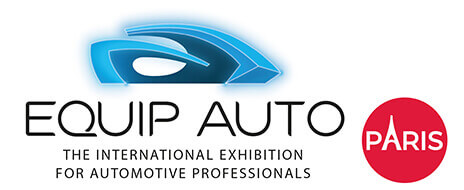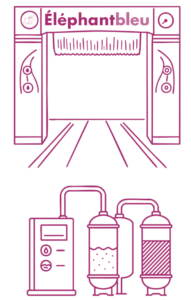(R)EVOLUTION - Maurice Paquette
Maurice Paquette – From the agricultural world to the high-pressure gantry
Car maintenance, long confined to buckets, sponges and garden hoses, underwent a major upheaval in the mid-20th century. In 1964, Swiss entrepreneur Maurice Paquette came up with a device inspired by the agricultural world to simplify this tedious task. Observing the sprinkler and spray systems used in vineyards, he had the idea of adapting them for cleaning cars. Thus, the very first automatic car wash was born.
Its operation is based on an ingenious mechanism: pivoting arms equipped with nozzles spray pressurised water to reach every corner of the vehicle. All the driver has to do is position their car, and the machine takes care of the rest. What used to be a chore becomes a simple, quick and automated operation, ushering in a new era in car maintenance.
France discovered this innovation in 1975. It was an instant success: in a country where cars play a central role in everyday life, the idea of a mechanised car wash appealed to busy motorists and professionals alike. It was at this time that the first Éléphant Bleu stations adopted and popularised this system. They quickly became a benchmark, offering drivers a convenient service, available at all hours, and adapted to the evolution of the vehicle fleet.
Over the decades, automatic car wash technology has continued to improve. The first installations, sometimes considered too abrasive, gave way to more sophisticated systems, incorporating soft brushes that were gentle on car bodies. At the same time, environmental awareness is also transforming this sector: the use of biodegradable products is becoming widespread, and water recycling systems are significantly reducing resource consumption. Automatic car washing is no longer just a convenient service, it is also playing a role in protecting the environment.
Today, car wash gantries are part of the urban and suburban landscape. From petrol stations to specialist chains, they offer millions of drivers the opportunity to easily maintain their vehicles. Maurice Paquette’s initial idea, born from a simple and ingenious observation, has thus become an international standard. It perfectly illustrates how innovation, by modernising an everyday practice, can bring about lasting change in habits and respond to contemporary challenges, whether in terms of saving time, comfort or respect for the planet.



